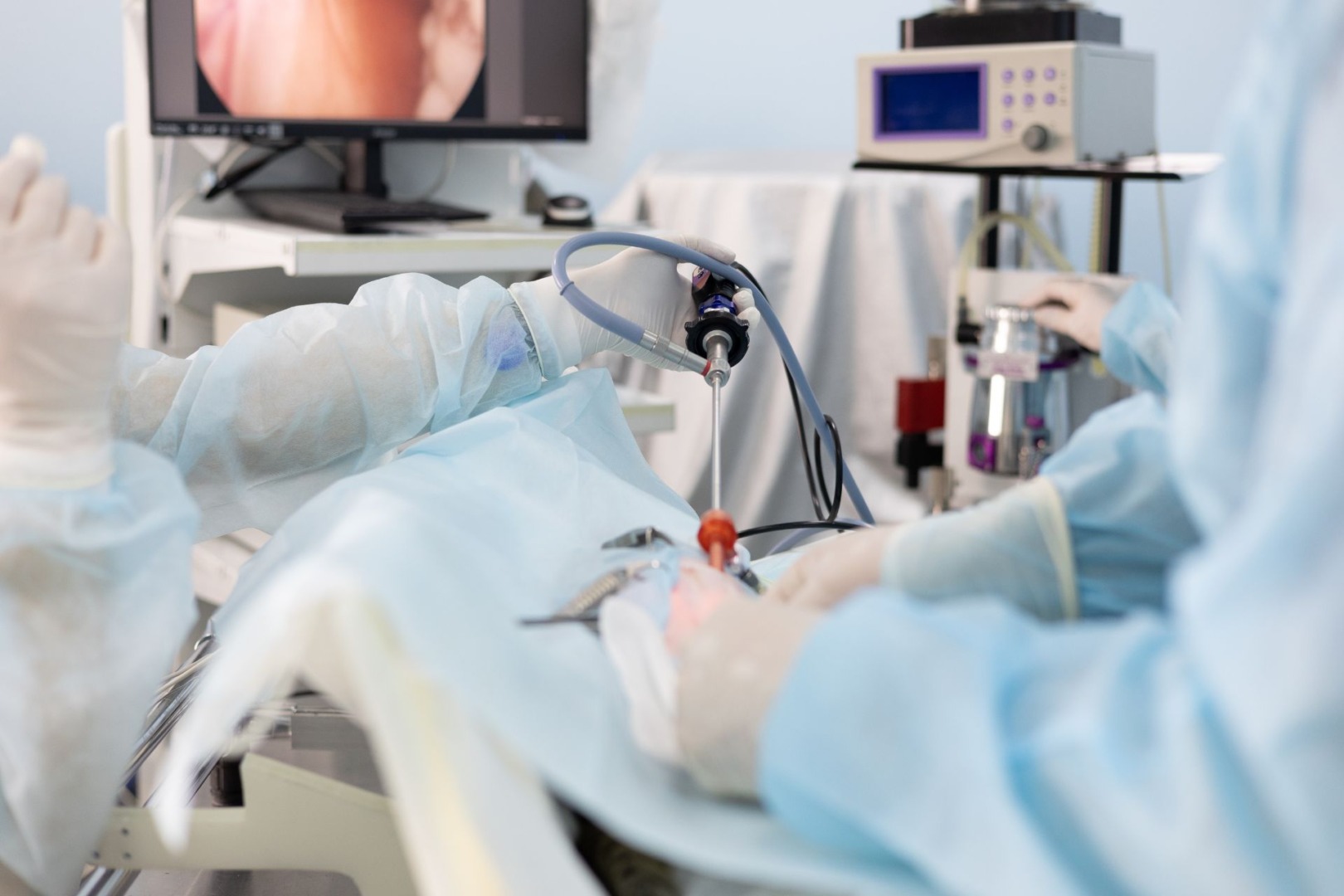Traumatic pneumothorax is a serious condition when air enters the pleural space between the lung and chest wall due to injury. It often results from blunt or penetrating chest trauma, such as car accidents, falls or stab wounds. This accumulation of air can cause the lung to collapse partially or completely, leading to respiratory distress and potentially life-threatening complications if left untreated.
Symptoms of traumatic pneumothorax can include:

- Sudden, sharp chest pain
- Shortness of breath
- Rapid breathing
- Cyanosis (bluish discolouration of the skin)
- Rapid heart rate
- Chest tightness
- Fatigue
Traditionally, traumatic pneumothorax treatment involved chest tube insertion to evacuate the air and allow the lung to re-expand. While effective, this method often requires prolonged hospital stays and can be associated with significant discomfort for the patient.
Video-Assisted Thoracoscopic Surgery (VATS) has emerged as a minimally invasive alternative for treating traumatic pneumothorax, particularly in cases where initial conservative management has failed or in recurrent cases. VATS offers several advantages over traditional open thoracotomy and can be an effective option for both diagnosis and treatment.
Minimally invasive VATS procedure for traumatic pneumothorax
Under general anaesthesia, small thoracic incisions facilitate the introduction of a high-definition camera and specialised instruments. This minimally invasive technique allows thorough exploration of the pleural cavity, precise identification of air leaks, and targeted repair of damaged lung tissue.
The procedure may incorporate stapling of blebs, application of sealants, or suturing of parenchymal tears. In select cases, chemical or mechanical pleurodesis is performed to mitigate recurrence risk.

The advantages of VATS are multifaceted. The enhanced visualisation afforded by thoracoscopy enables a comprehensive assessment of the entire pleural space, often revealing subtle pathologies that might be overlooked with traditional techniques. The minimally invasive nature of VATS translates to reduced postoperative pain, improved respiratory mechanics, and accelerated recovery compared to a thoracotomy. Moreover, the definitive treatment of underlying pathology potentially lowers recurrence rates, a significant consideration in traumatic pneumothorax management.
Is VATS suitable for me?
While VATS is an excellent option for many patients with traumatic pneumothorax, it may not be suitable for all cases. Patients with severe hemodynamic instability, extensive adhesions from previous surgeries, or those unable to tolerate single-lung ventilation may require alternative approaches.
Additionally, the success of VATS depends on the expertise of the surgical team. This technique’s learning curve can be steep, and outcomes are often better in centres with high volumes of thoracoscopic procedures.
Video-Assisted Thoracoscopic Surgery (VATS) represents a significant advancement in treating traumatic pneumothorax. By offering a minimally invasive approach that allows for both diagnosis and definitive treatment, VATS has the potential to improve outcomes, reduce hospital stays, and enhance patient comfort.
With more than 15 years of experience and 2,000 successful lung and chest surgical procedures, Dr Harish Mithiran is a highly skilled thoracic specialist and senior consulting thoracic surgeon at Gleneagles and Mount Alvernia Hospitals in Singapore. To schedule a consultation with Dr Mithiran, contact Neumark Lung & Chest Surgery Centre below.

